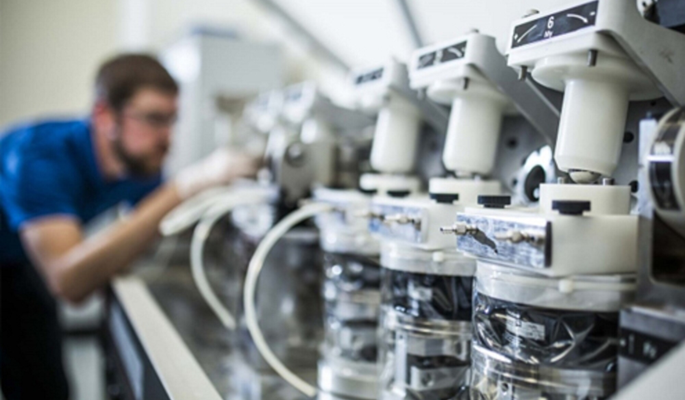Medical care is a crucial, if sometimes controversial, feature of modern life. People seek it through primary care physicians, specialists, telehealth portals, and the approximately 6,100 hospitals in the U.S.
Something that many patients don’t give much thought to while seeking treatment is the wide range of medical equipment that surrounds them in a medical facility. Even a basic health clinic is often stuffed with equipment.
If you’re wondering about all of that equipment and what it’s for, keep reading for a quick overview of some major medical equipment types.
1. Laboratory Equipment
A lot of laboratory testing happens in off-site labs that offer specialist services. Yet, for all that, many hospitals do a lot of testing in their own departmental labs, such as:
- Hematology
- Virology
- Immunology
- Histology
All of these labs need equipment, such as centrifuges, hematology analyzers, immunoassay analyzers, autoclaves, and microscopes.
2. Procedural/Surgical Equipment
As a rule, hospitals maintain a surgical staff for both elective and emergency surgical procedures. Although, don’t bank on getting an elective surgery over the weekend.
Surgical procedures require a lot of equipment in the operating room, such as:
- Scalpels
- Surgical clamps
- Surgical tables
- Overhead lights
- Headlamps
This equipment facilitates safe and efficient surgeries that keep patient risk down.
3. Imaging Equipment
At some point, almost everyone ends up needing some kind of imaging done. If you break a bone, odds are good that you’ll get an X-ray. If things get more serious, there are several other types of imaging equipment you might encounter, such as:
- MRIs
- CT scanners
- Ultrasound
- PET scanner
Doctors use this equipment to get a clearer look at what’s happening inside your body. Some of them focus on things like bones, while others may show what’s happening with organs or even the circulatory system.
4. Monitors
Anyone who has ever watched a medical drama on TV knows that medical facilities have monitors everywhere. In reality, though, most medical monitoring happens through a unit that performs multiple monitoring functions. That unit may monitor things like:
- Heart activity
- Blood pressure
- Blood oxygen levels
- Body temperature
There are also specialized monitors for childbirth, cancer therapy, and neurological monitoring. Fortunately, a lot of imaging equipment now uses quiet gears, which cuts down on vibration and noise.
5. Durable Medical Equipment
The most common type of medical equipment is durable medical equipment. This includes things like:
- Wheelchairs
- Canes
- Nebulizers
- Hospital beds
- Orthopedic braces
- Ventilators
This kind of equipment helps medical professionals carry out their day-to-day duties. It’s also commonly the kind of equipment that patients take home with them.
Medical Equipment Types and You
If you’re lucky, you’ll only rarely encounter any medical equipment types for most of your life. Beyond the yearly doctor visit where you might see some durable medical equipment, most other medical equipment means something went very wrong.
In that event, though, you’ll find yourself glad that hospitals have things like imaging equipment, lab equipment, and potentially even surgical equipment. It will help them diagnose and treat you.
Looking for more about health and medicine? Check out the posts in our Health section.


